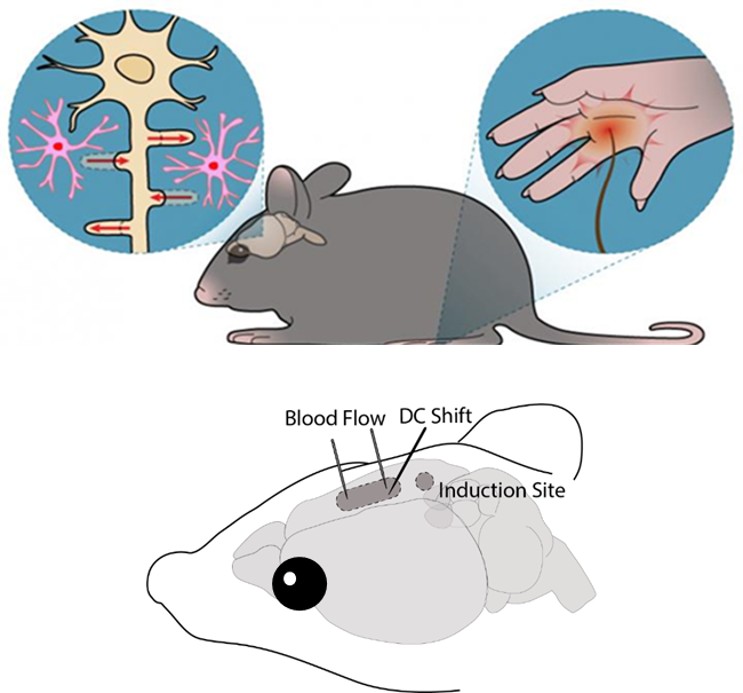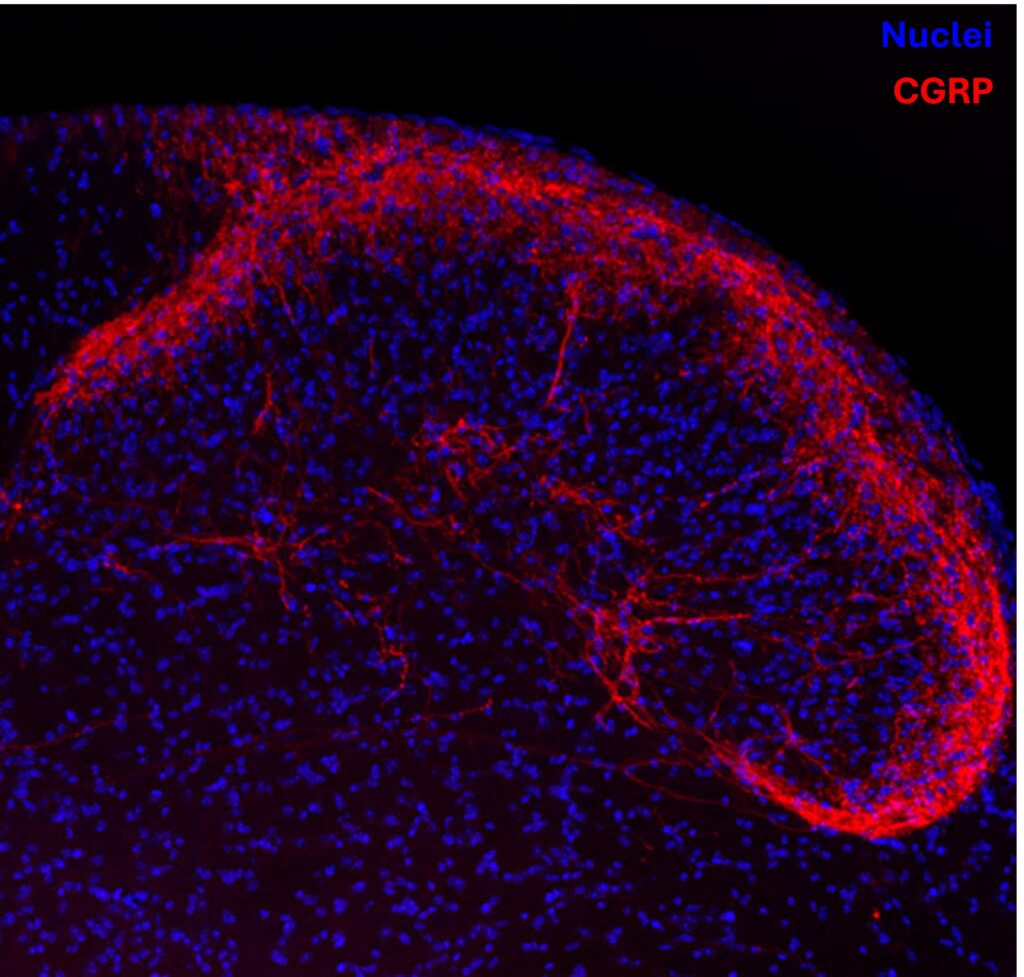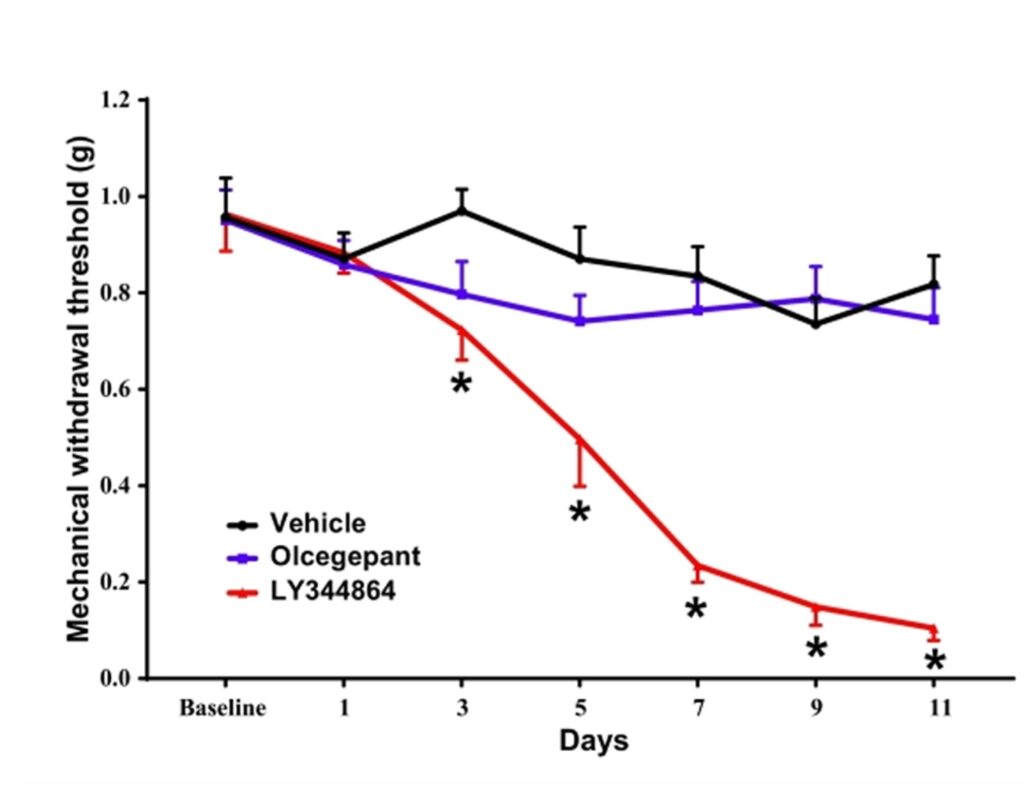Overview
The neuroscience research in the Department of Physiology focuses on the integrative physiology of the nervous system, exploring the cellular, molecular, and circuit-level mechanisms that underlie its function and dysfunction. A key emphasis of our research group lies in translating basic neuroscience discoveries to clinical relevance. We study the pathophysiology of neurological disorders, such as chronic pain syndromes, cognitive disorders, and genetic disorders that affect the nervous system. The ultimate goal is to bridge the gap between fundamental neuroscience and therapeutic innovation, contributing to the development of effective interventions for neurological disorders. By advancing our understanding of the nervous system in health and disease, our work has significant implications for improving human well-being and cognitive resilience.

Lecturer Dr. Tai Chaiamarit
Neuro-TC lab focuses on understanding the role of lysosomes in cellular homeostasis. Surprisingly, we still have limited understanding of approaches to fix lysosome dysfunction that occurs in neurodegenerative diseases or lysosomal storage diseases. The current research topics include:
1. Mitochondrial dysfunction in the brain of patients with Lysosomal Storage Diseases (LSDs) and Inherited Retinal Diseases (IRDs)
To study the role of mitochondrial dysfunction in genetic diseases, we employ the induced pluripotent stem cell (iPSC) technology to derive somatic cells from patients who carry the genetic mutations, then revert the cells back to embryonic-like stage and differentiate these stem cells into neurons or to make 3D mini-brain or retinal organoid. These allow in-depth studies of organelle dysfunction and other phenotypes that are observed in human patients. These tools allow the discovery of new therapeutic targets and test novel intervention.
This research is supported by the 2025 NRCT Research Grant for New Scholar and strategic research fund from Faculty of Medicine, Ramathibodi Hospital.
2. Therapeutic delivery methods for neurological disorders
One of the major challenges in treating neurological disorders is the inability of the drug to cross the blood brain barrier (BBB). We are investigating the exosome-based approach to deliver nucleic acid, proteins, or drugs to the correct neural cell types that are affected. In the near future, we also plan to provide a neuro-platform for drug screening and drug repurposing.
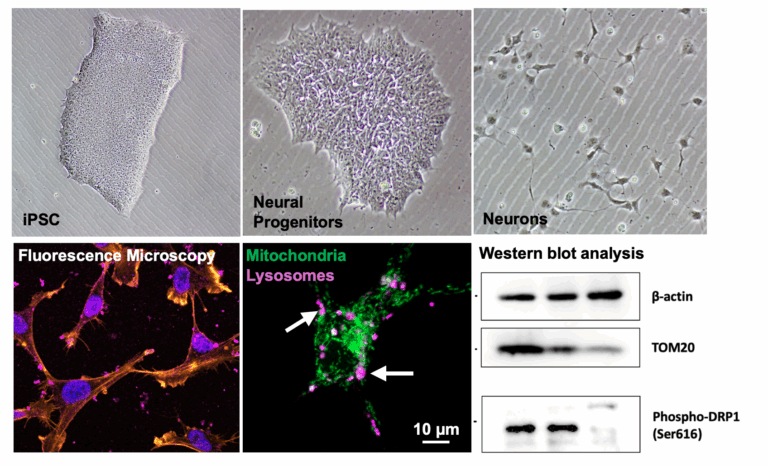

Dr. Benjamin Ongnok
BO Lab is dedicated to advancing drug discovery for neurodegenerative diseases, with a strong interest in neuroimmunology, focusing on the multifaceted functions of microglia in brain health and disease. By integrating in vitro and in vivo models, we investigate mechanistic insights into neuropathology from the molecular to the functional level. Our lab integrates behavioral testing in animal models to assess memory, anxiety, and depression with molecular techniques to translate mechanistic findings into therapeutic potential, with particular emphasis on the development of microglia-based therapeutics. Our current research of interests are as follows:
Senescent Microglia in Brain Aging
We investigate the role of the senescence-associated secretory phenotype (SASP) in aging microglia and its contribution to neurodegeneration. Using secretomics and genetic engineering tools such as lentiviral transduction and CRISPR/Cas9, we model microglial aging and senescence in vitro to identify novel therapeutic targets aimed at preserving cognitive function in the aging brain.
Microglia–Tumor Interactions and Chemotherapy-Induced Cognitive Impairment
We explore how microglia shape the tumor microenvironment in the brain, aiming to reprogram them into anti-tumor phenotypes. Additionally, we investigate the side effects of chemotherapy on brain functions, known as chemobrain, by examining how mitochondrial dysfunction, oxidative stress, neuroinflammation, and cell death pathways contribute to neurological damage. Our work aims to develop precise interventions to protect brain health from chemotherapy-induced neurotoxicity through in silico drug repurposing approaches.
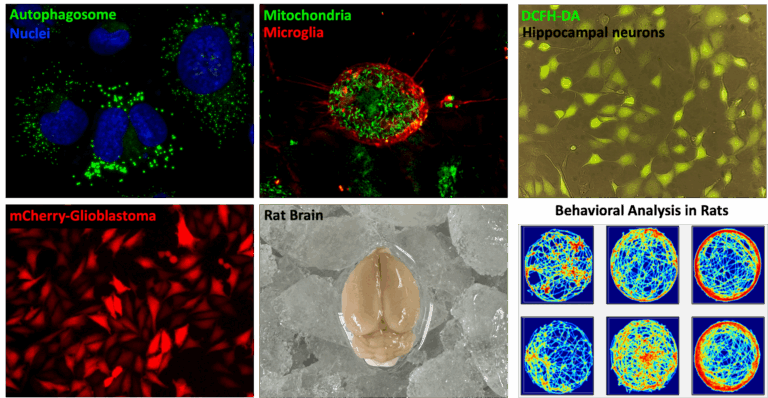
Lecturer Dr. Chonlawan Saengjaroentham

Research Interests
My lab’s interest is in examining the novel mechanisms involved in the pathophysiology and various symptoms of migraine and headaches. Migraine are one of the neurological disorders that affect people globally; therefore, the development of new effective therapies is needed for better treatment. However, the side effects of these migraine therapies and the risks of progression to medication-overuse headache are still being investigated. The current research interests include migraine and medication-overuse headache animal models, mechanosensitive receptors, and the neural regulation of bone remodelling. Our research is focused on the following topics:
A. The study of bone structure alteration following the long-term administration of migraine medications in the chronic migraine mouse model.
This project aims to investigate the long-term administration of CGRP antagonising drugs on bone cell alteration in a chronic migraine model. It is hypothesised that acute treatment with CGRP antagonising drugs may relieve migraine pain, showing attenuation of cutaneous allodynia and photophobia-like behaviour, and they would not affect bone cells in the nitroglycerin (NTG)- induced chronic migraine model. On the contrary, long-term treatment with CGRP antagonising drugs still reduces migraine pain. Regardless, they may decrease bone formation and cause bone loss by directly altering CGRP receptor signalling cascades in osteoblasts and osteoclasts, and indirectly through the function of neural cells.
B. The role of mechanosensitive channels and calcitonin gene-related peptide
Calcitonin gene-related peptide (CGRP) is not only well-known for its involvement in migraine pathophysiology, but it is also essential in bone fracture repair. It could be a key mediator involved in both migraine and bone physiology. Migraine pain is the symptom correlated with mechanical hypersensitivity, indicating an increase in mechanotransduction. There are mechanotransducers distributed in the trigeminovascular nociceptive system and bone cells. The anti-migraine therapies, which are CGRP monoclonal antibodies and CGRP receptor antagonists, potentially block CGRP action and relieve chronic migraine pain. However, long-term use of these CGRP antagonising drugs might have negative effects on bone homeostasis. We aim to investigate the mechanism underlying CGRP and the functions of mechanosensitive ion channels in trigeminal nociception and the mechanotransduction in bone cells.
